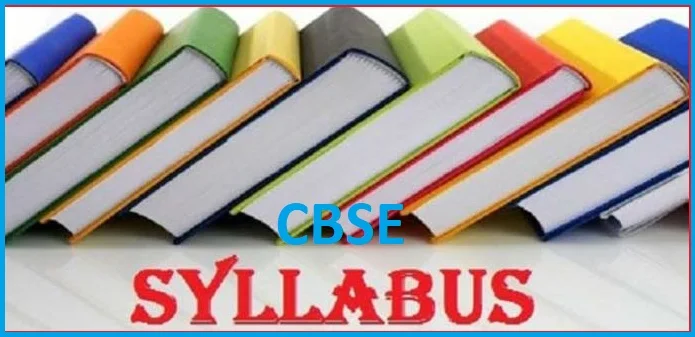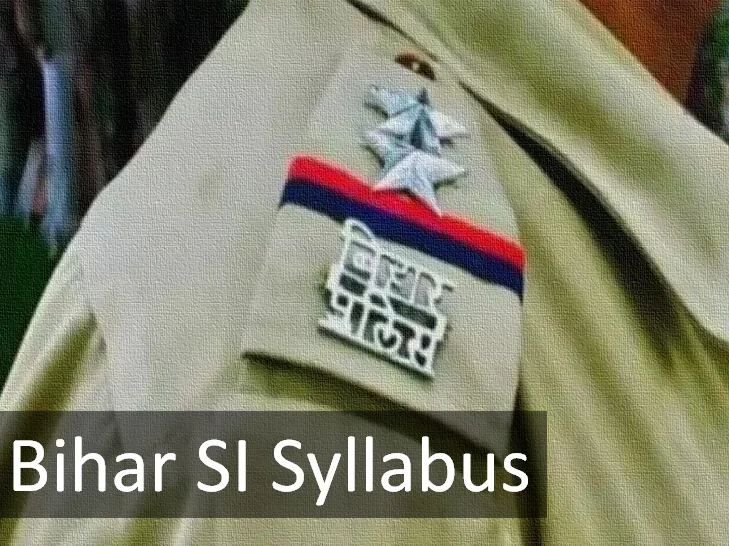CBSE Class 9 Social Science Syllabus 2024-25, Download PDF

Social Science is a compulsory and important subject up to secondary stage of school education. Students can learn many values important for them to become a well-informed and responsible citizen.
The syllabus is designed in such a way that it familiarizes the students with geographical, historical, political and economic aspects of the country.
This article presents the CBSE Class 9 Social Science syllabus 2024-25 for the students and consists of all the important topics related to this subject.
CBSE Class 9 Social Science Syllabus 2024-25 Full Details
Before we move on and discuss topics, let’s discuss the distribution of marks and periods per unit in CBSE class 9 exam:
CBSE Class 9th Social Science Syllabus 2024-25 | ||
Units | Number of Periods | Marks |
India and the Contemporary World – 1 | 60 | 20 |
Contemporary India – I | 55 | 20 |
Democratic Politics – I | 50 | 20 |
Economics | 50 | 20 |
Total | 215 periods | 80 marks |
CBSE Social Science Class 9 Syllabus 2024-25
The CBSE has designed the Social Science syllabus for class 9 with the objective to develop an understanding about the country with respect to its historical perspective, economic development, geographical distribution and political scenario.
Check below the details of CBSE Social Science Class 9 Syllabus 2024-25 along with the unit-wise marks distribution and important topics.
About CBSE class 9 English syllabus
Unit 1: India and the Contemporary World – I
Section 1: Events and Processes: (All the three themes are compulsory)
I. The French Revolution:
• French Society During the Late Eighteenth Century
• The Outbreak of the Revolution
• France Abolishes Monarchy and Becomes a Republic
• Did Women have a Revolution?
• The Abolition of Slavery
• The Revolution and Everyday Life
II. Socialism in Europe and the Russian Revolution:
• The Age of Social Change
• The Russian Revolution
• The February Revolution in Petrograd
• What Changed after October?
• The Global Influence of the Russian Revolution and the USSR
III. Nazism and the Rise of Hitler:
• Birth of the Weimar Republic
• Hitler’s Rise to Power
• The Nazi Worldview
• Youth in Nazi Germany
• Ordinary People and the Crimes Against Humanity
Section 2: Livelihoods, Economies and Societies:
IV. Forest Society and Colonialism:
• Why Deforestation?
• The Rise of Commercial Forestry
• Rebellion in the Forest
• Forest Transformations in Java
V. Pastoralists in the Modern World:
• Pastoral Nomads and their Movements
• Colonial Rule and Pastoral Life
• Pastoralism in Africa
Unit 2: Contemporary India – I
1. India
• Location
• Size
• India and the World
• India’s Neighbours
2. Physical Features of India:
• Major Physiographic Divisions – Himalayan Mountains, Northern Plains, Peninsular Plateau, Indian Desert, Coastal Plains, Islands
3. Drainage:
• Concept
• Drainage Systems in India
• The Himalayan Rivers – Ganga and Brahmaputra River System
• The Peninsular Rivers- Narmada Basin, Tapti Basin, Godavari Basin, Mahanadi Basin, Krishna Basin, Kaveri Basin
• Lakes
• Role of Rivers in the Economy
• River Pollution
4. Climate:
• Concept
• Climatic Controls
• Factors influencing India’s climate – Latitude, Altitude, Pressure and Winds (excluding Jet Streams and Western Cyclonic Disturbances and related figures)
• The Seasons – Cold Weather Season, Hot Weather Season, Advancing Monsoon, Retreating/Post Monsoons
• Distribution of Rainfall
• Monsoon as a unifying bond
5. Natural Vegetation and Wild Life:
• Types of Vegetation – Tropical Evergreen Forests, Tropical Deciduous Forests, Thorn Forests and Shrubs, Montane Forests, Mangrove Forests
• Wild Life
6. Population:
• Population Size and Distribution – India’s Population Size and Distribution by Numbers, India’s Population Distribution by Density
• Population Growth and Processes of Population Change – Population Growth, Processes of Population Change/Growth
Unit 3: Democratic Politics – I
1. What is Democracy? Why Democracy?
• What is Democracy?
• Features of Democracy
• Why Democracy?
• Broader Meanings of Democracy
2. Constitutional Design:
• Democratic Constitution in South Africa
• Why do we need a Constitution?
• Making of the Indian Constitution
• Guiding Values of the Indian Constitution
3. Electoral Politics:
• Why Elections?
• What is our System of Elections?
• What makes elections in India democratic?
4. Working of Institutions:
• How is the major policy decision taken?
• Parliament
• Political Executive
• The Judiciary
5. Democratic Rights:
• Life without Rights
• Rights in a Democracy
• Rights in the Indian Constitution
• Expanding scope of rights
Unit 4: Economics
1. The Story of Village Palampur:
• Overview
• Organization of Production
• Farming in Palampur
• Non-farm activities in Palampur
2. People as Resource:
• Overview
• Economic Activities by Men and Women
• Quality of Population
• Unemployment
3. Poverty as a Challenge:
• Overview
• Two typical cases of Poverty
• Poverty as seen by Social Scientists
• Poverty Estimates
• Vulnerable Groups
• Interstate Disparities
• Global Poverty Scenario
• Causes of Poverty
• Anti-Poverty measures
• The Challenges Ahead
4. Food Security in India:
• Overview
• What is Food Security?
• Why Food Security?
• Who are food insecure?
• Food Security in India
• What is Buffer Stock?
• What is the Public Distribution System?
• Current Status of Public Distribution System
• Role of Cooperatives in food security
Question Paper Structure
| Time: 3 Hours Maximum Marks: 80 | |||
| Sr.
No. | Competencies | Total Marks | %
Weightage |
| 1 | Remembering and Understanding: Exhibiting memory of previously learned material by recalling facts, terms, basic concepts, and answers; Demonstrating understanding of facts and ideas by organizing, comparing, translating, interpreting, giving descriptions and stating main ideas | 28 | 35% |
| 2 | Applying: Solving problems to new situations by applying acquired knowledge, facts, techniques
and rules in a different way | 15 | 18.75% |
| 3 | Formulating, Analyzing, Evaluating and Creating: Examining and breaking information into parts by identifying motives or causes; Making inferences and finding evidence to support generalizations; Presenting and defending opinions by making judgments about information, validity of ideas, or quality of work based on a set of criteria; Compiling information together in a different way by combining elements in a new pattern or proposing
alternative solutions. | 32 | 40% |
| 4 | Map Skill | 5* | 6.25% |
| 80 | 100% | ||
CBSE Class 9 New Social Science Syllabus 2024: Download PDF
Also check
- CBSE Syllabus for 9th class – Mathematics
- CBSE Syllabus for 9th class – Artificial Intelligence
- CBSE Syllabus for 9th class – Information Technology
- CBSE Syllabus for 9th class – Hindi
- CBSE Syllabus for 9th class – English
- CBSE Syllabus for 9th class – Science


hi
Syllabus yahi hai na is ke basis pe term 1st exam hoga.
Ha